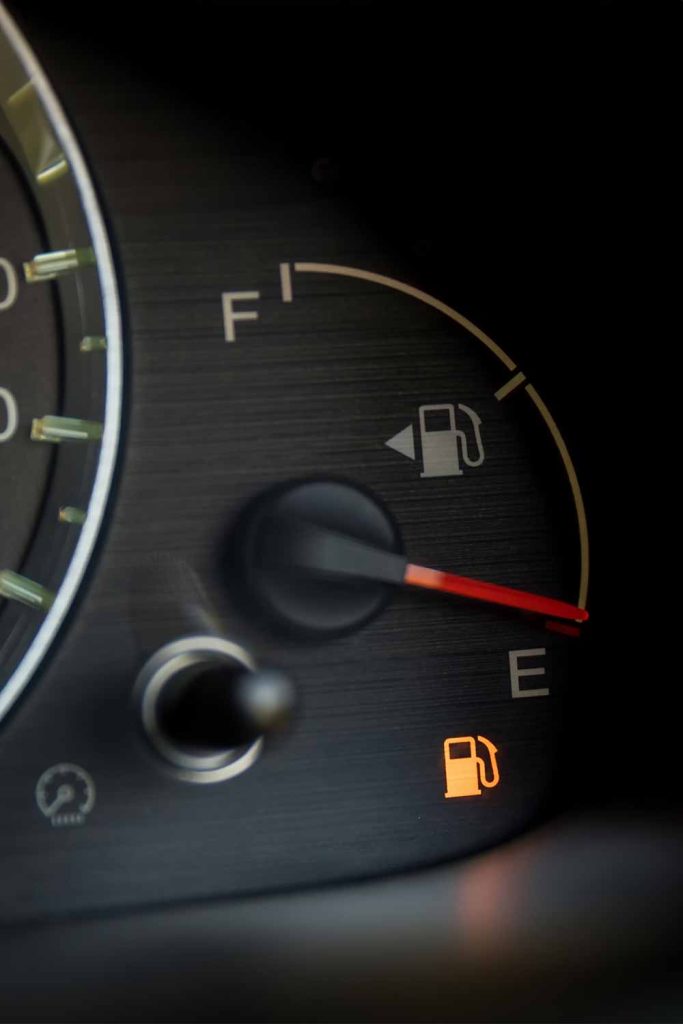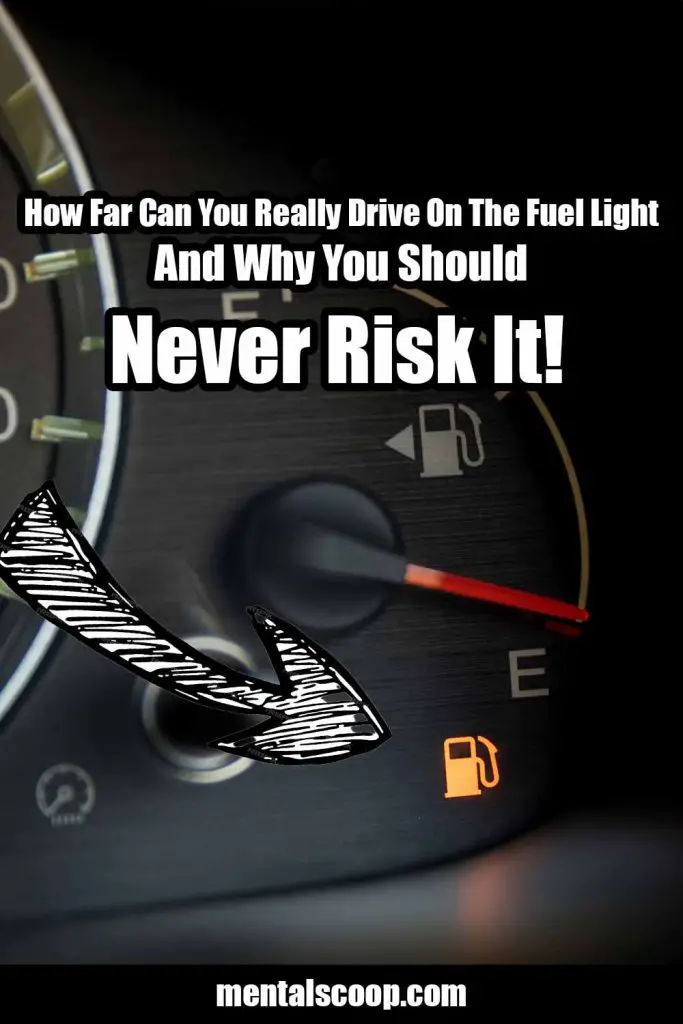How Far Can You Really Drive On The Fuel Light & Why You Should Never Risk It!

We’ve all been there – the gas light starts blinking on the dashboard, and suddenly we find ourselves playing a game of fuel gauge roulette. The temptation to see just how far we can push our luck is strong, but is it a gamble worth taking?
In this exploration of automotive brinkmanship, we’ll dive into the nitty-gritty details of how far you can really drive on the fuel light and why, when it comes to your gas tank, it’s always better to err on the side of caution.
The Science Behind the Blinking Light:
That ominous, glowing fuel light is not just there for decoration. It’s a warning sign from your vehicle’s internal systems, signaling that your fuel levels have dipped into the danger zone. But how much driving can you actually squeeze out of those last remaining drops?
The truth is, there’s no one-size-fits-all answer. The distance you can travel on the fuel light varies from car to car and depends on several factors, including your vehicle’s make and model, driving conditions, and even your driving habits.
While some may be tempted to push their cars to the limit, it’s crucial to understand the potential risks involved.
The Risks of Pushing the Limits:
Engine Damage:
Running on empty can lead to fuel pump damage, as the pump relies on gasoline to cool and lubricate its components. Operating with low fuel levels can cause the pump to overheat, potentially resulting in costly repairs.
Contaminated Fuel:
The sediment and debris that settle at the bottom of your gas tank can be stirred up when you’re running on fumes. This can clog your fuel filter, leading to poor engine performance or even a breakdown.
Stranding Yourself:
Perhaps the most obvious risk – pushing your car beyond its fuel limits can leave you stranded on the side of the road. This not only poses a safety risk but can also result in towing expenses and inconvenience.
The Myth of the Reserve Tank:
Many drivers believe that their cars have a hidden reservoir or reserve tank once the fuel light comes on. However, most modern vehicles do not have a separate reserve tank. Instead, the fuel light is triggered by a specific level in the main fuel tank.
Once that level is reached, you’re essentially running on what’s left in the tank, without any safety net.
Why You Should Never Risk It:
Protecting Your Engine:
Your vehicle’s engine is a complex and expensive piece of machinery. Regular maintenance and responsible driving habits, including refueling before the fuel light comes on, can help extend its lifespan.
Avoiding Unplanned Expenses:
Running out of gas can lead to additional costs, such as towing fees and potential damage to your vehicle. A simple act of refueling in a timely manner can save you from these unforeseen expenses.
Promoting Safer Driving Habits:
Consistently driving on low fuel can create a false sense of security, making it easier to ignore other important maintenance tasks. By refueling responsibly, you’re more likely to stay on top of other critical aspects of vehicle care.
While it might be tempting to test the limits of your fuel gauge, the risks far outweigh the potential reward. Responsible driving habits, including refueling before the fuel light comes on, not only protect your vehicle but also ensure a safer and more economical driving experience.
So, the next time that light starts blinking, take it as a friendly reminder from your car and head to the nearest gas station – your engine will thank you for it!

More interesting articles you may be interested in reading:

